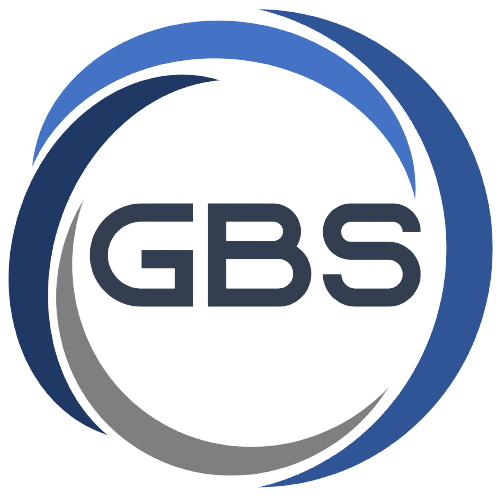Project Go-Live HRMS
Implementing a new HRMS can be a transformative process for any organization, but it requires careful planning, execution, and management to ensure success. Here are the top 10 activities you must perform to make your HRMS implementation project successful:
1. Needs Assessment:
2. Stakeholder Engagement:
3. Project Planning:
4. Data Migration:
5. Customization and Configuration:
6. Training:
7. Change Management:
8. Testing and Quality Assurance:
Conduct rigorous testing and quality assurance processes to identify and resolve any issues or bugs before launching the software system. Test all functionalities, workflows, and integrations to ensure smooth operation.
9. Go-Live and Deployment:
Plan a smooth go-live and deployment process, taking into account any necessary downtime or disruptions to business operations. Monitor the transition closely and provide support to users as needed during the initial rollout.
10. Continuous Improvement:
Finally, foster a culture of continuous improvement by collecting feedback from users, monitoring system performance, and identifying areas for optimization and enhancement. Regularly review and update the HR software to keep pace with evolving business needs and technological advancements.
In conclusion, By following these 10 activities, you can set your organization up for success and ensure a smooth and successful HRMS implementation project.
Contact us today to schedule a consultation with our experts. They will be delighted to meet with you and discuss your plans and requirements related to HR and Payroll.
An is a powerful tool that can revolutionize your HR processes and drive your organizational success. In this ultimate guide, we dive into the benefits of incorporating an into your company’s core systems. We’ll also explore key features of an such as employee data management, recruitment and onboarding, performance management, time and attendance tracking, and training and development. Of course every major transformation has its challenges too – but we’ve got you covered with tips on handling these considerations. Let’s dive in!
In today’s fast-paced business world, managing human resources efficiently has become more important than ever before. Human resource management systems (), is a powerful tool that can revolutionize your HR processes and drive your organizational success.
But what exactly is an , and why should you consider implementing one?
An is a comprehensive software solution designed to streamline and automate various aspects of human resource management. From employee data administration to recruitment, performance evaluation, time tracking, training, and beyond – an effective can transform the way you manage all your HR processes.
In this ultimate guide, we dive into the many benefits of incorporating an into your company’s core systems.

